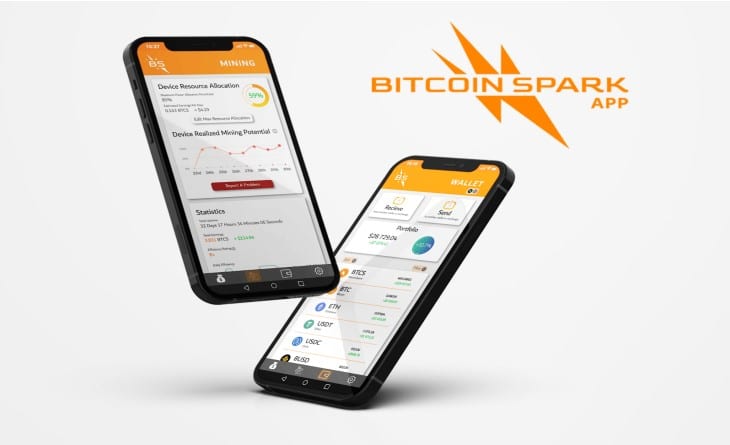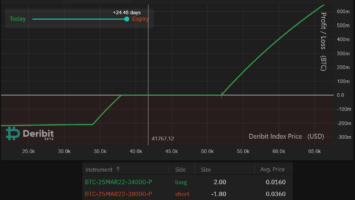Ethereum’s journey has spanned nearly a decade, marked by significant developments and transformations. Ethereum has undergone multiple upgrades and improvements, shaping its capabilities, scalability, and overall potential. While Ethereum underwent a lengthy decade-long upgrade process, the Bitcoin Spark project emerged with impressive quality right from the start.
Ethereum Merge
The Merge was pivotal for Ethereum as its original execution layer (Mainnet) joined forces with its new proof-of-stake consensus layer, the Beacon Chain. This combination eliminated energy-intensive mining and transitioned to securing the network using staked ETH, enhancing scalability, security, and sustainability. Before the Merge, Ethereum’s Mainnet and Beacon Chain operated separately. Mainnet was secured by PoW, while the Beacon Chain used PoS. The Merge brought together PoS and PoW as Ethereum’s complete transaction history remained intact after the Merge.
Staking Ethereum
Staking allows you to earn rewards while supporting the network’s operations. Staking Ethereum involves participating in the network’s proof-of-stake (PoS) consensus mechanism by locking up a certain amount of ETH as a stake. Instead of traditional mining, where computational power is used to solve complex puzzles, PoS relies on validators chosen to create and validate blocks based on the amount of cryptocurrency they hold and are willing to stake.
Bitcoin Spark (BTCS)
Bitcoin Spark shines with its innovative Proof-Of-Process (PoP) approach, differentiating itself from original Bitcoin (BTC) and Ethereum. While sharing similar tokenomics with BTC, BTCS addresses several crypto challenges. BTC has faced limitations like the absence of smart contracts, high costs, and centralization due to a few dominant miners. Its transaction processing speed (TPS) is relatively low.
BTCS Proof-of-Process runs on the strengths of PoS and PoW mechanisms to realize a robust and resilient ecosystem that benefits miners and stakers, fostering a sustainable and high-performing cryptocurrency platform. Merging PoS and PoW enhances the network’s security, efficiency, and decentralization.
Bitcoin Spark introduces a robust and fool-proof solution by offering an application that provides processing power for various tasks. Miners can contribute their processing power and receive rewards through a decentralized rewards distribution system. This approach improves TPS by reducing block processing time and increasing individual transactions per block capacity.
Bitcoin Spark’s marketing strategy encompasses a comprehensive blend of components, including content creation, vibrant engagement on social media channels, partnerships with prominent figures, and cultivating a vibrant community. This approach effectively utilizes the potential of blockchain technology, ensuring transparency, security, and streamlined effectiveness in its marketing endeavors. Furthermore, data analytics are pivotal in understanding consumer patterns, allowing for tailored marketing strategies that align with their preferences.

Bitcoin Spark fortifies decentralization by increasing the number of network nodes and easing the entry barrier for miners to allow more people to participate. The integration of a smart contract layer seamlessly into the network empowers diverse application development using different programming languages. This multi-layer system ensures finality on the main network while supporting versatile application creation.
The exciting Bitcoin Spark’s ICO is priced at $1.75 per token with a 15% bonus, projecting an impressive 657% gain.
BTCS dynamic combination of technological innovation and user-friendly features positions it as a promising player in the crypto landscape. While Ethereum’s upgrading journey spanned almost a decade, the Bitcoin Spark project has emerged with a remarkable level of quality right from the start. This promising development signifies a potential leap forward in blockchain technology.
More on Bitcoin Spark and ICO here:-
Website: https://bitcoinspark.org/






















Comments (No)